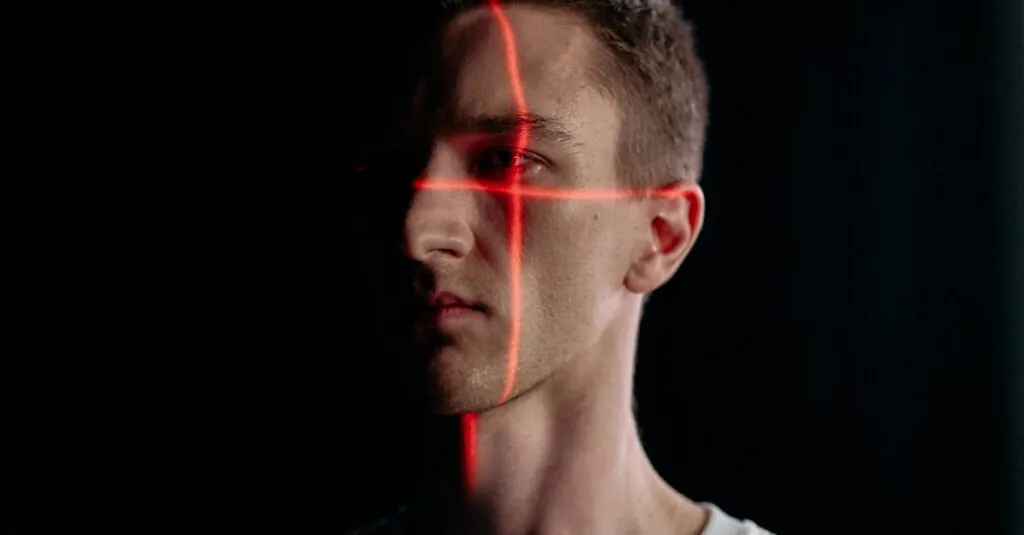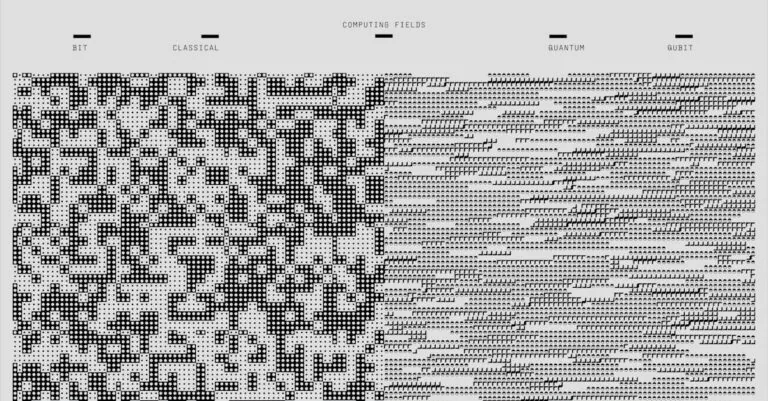Facial recognition technology is revolutionizing the way we interact with the world, and it’s not just for spy movies anymore. Imagine walking into a store and having your favorite coffee waiting for you—no more awkward small talk with the barista. With algorithms that can analyze facial features faster than you can say “cheese,” this tech is making life a whole lot easier, albeit with a sprinkle of privacy concerns.
But wait, there’s more! From unlocking smartphones to enhancing security in public spaces, facial recognition is popping up everywhere. While it might feel like we’re living in a sci-fi flick, understanding how this technology works is crucial. It’s not just about scanning faces; it’s about navigating the fine line between convenience and privacy. So, buckle up as we dive into the fascinating world of facial recognition technology and explore its impact on our daily lives.
Table of Contents
ToggleOverview of Facial Recognition Technology
Facial recognition technology identifies and verifies individuals by analyzing facial features. It’s used in various applications, including security systems, personal devices, and customer service. Users benefit from quick logins and personalized interactions, which streamline experiences.
Facial recognition relies on algorithms that map key facial landmarks, such as the distance between eyes and the shape of the jawline. This data creates a unique biometric template for each individual. High-quality images improve accuracy, allowing systems to recognize faces with minimal error rates.
Companies deploy this technology to enhance security measures. Airports utilize facial recognition for passenger verification, reducing wait times and increasing safety. Retailers use it for analyzing customer demographics and preferences, which helps tailor marketing strategies effectively.
Privacy concerns accompany the rapid growth of facial recognition. Critics highlight issues surrounding data collection, consent, and potential misuse. Legislative actions seek to address these concerns by establishing regulations for responsible use of the technology.
Research from the National Institute of Standards and Technology reveals significant advancements in facial recognition accuracy. Models trained on diverse datasets demonstrate improved performance across various conditions. As the technology evolves, balancing innovation and ethical considerations remains crucial.
How Facial Recognition Technology Works
Facial recognition technology identifies and verifies individuals through the analysis of unique facial features. This process involves several key steps, including image capture, data processing, and analysis.
Image Capture Process
In the image capture process, cameras capture high-resolution images of faces. Accuracy in this step depends on lighting and angles, with proper conditions leading to better results. Cameras equipped with advanced sensors enhance the quality of the images collected. After capturing images, the system extracts facial data points that serve as the foundation for recognition. These data points help create a unique template for each individual.
Data Processing and Analysis
During data processing and analysis, algorithms map facial features to generate biometric templates. The system compares these templates against existing databases to find matches. Machine learning techniques, when applied, improve recognition accuracy over time. Comprehensive datasets provide varied examples, aiding in the algorithm’s learning. This analysis allows for quick identification, facilitating applications such as security checks and personalized services.
Applications of Facial Recognition Technology
Facial recognition technology finds extensive use across various sectors. This enables enhanced experiences while addressing some operational challenges.
Security and Surveillance
Security applications have gained prominence in facial recognition technology. Airports deploy these systems to verify identities and streamline passenger processing. Surveillance cameras equipped with this technology enhance monitoring efforts, identifying individuals in real-time. Law enforcement agencies also use facial recognition to track suspects, providing valuable insights during investigations. These capabilities improve public safety while raising concerns regarding potential privacy violations.
Healthcare Innovations
In healthcare, facial recognition technology assists in patient identification and management. Hospitals implement systems to verify patient identities, reducing errors and streamlining admission processes. Additionally, facial recognition can aid in monitoring patients with severe cognitive impairments, ensuring their safety. Combining this technology with electronic medical records enhances data accuracy, improving overall patient care. These applications also foster greater efficiency in emergency situations.
Retail and Marketing Solutions
Retailers leverage facial recognition technology to analyze consumer demographics effectively. By identifying customers as they enter stores, brands can tailor shopping experiences and promotions. This targeted marketing strategy increases customer engagement and satisfaction. Furthermore, analyzing foot traffic patterns helps retailers optimize store layouts and inventory management. These insights enable businesses to make informed decisions, enhancing overall profitability and customer loyalty.
Ethical Considerations
Facial recognition technology raises several ethical concerns, particularly regarding privacy and bias.
Privacy Concerns
Privacy issues arise as facial recognition systems often operate without user consent. Data collection occurs continuously, allowing companies to gather biometric information without individuals knowing. This practice creates potential for security breaches and misuse of sensitive data. Furthermore, the indefinite retention of facial data in databases heightens risks associated with unauthorized access or surveillance. Public awareness of these privacy violations has prompted discussions about the need for better regulations and transparency in data handling practices. Authorities are considering legislative measures to ensure ethical use of this technology while protecting individual rights.
Bias and Discrimination Issues
Bias emerges as a significant challenge within facial recognition technology. Disparities often exist in the performance of these systems, particularly affecting people of color and women. Studies reveal that error rates can be significantly higher for minority groups compared to their white counterparts, leading to wrongful identifications. Such inaccuracies can reinforce existing societal biases, undermining trust in law enforcement and public safety initiatives. Advocates argue for the necessity of standardized testing and diverse datasets to minimize these biases. Addressing this issue requires ongoing attention to ensure fair applications of facial recognition technology across all demographics.
Future Trends in Facial Recognition Technology
Emerging advancements in facial recognition technology focus on improving accuracy and reducing bias. Next-gen algorithms utilize diverse datasets, enhancing performance across various demographic groups. Companies increasingly prioritize ethical considerations, emphasizing fairness in identification processes. Innovations like 3D facial recognition are gaining traction, offering enhanced security through depth analysis of facial features.
Moreover, integration with artificial intelligence drives the evolution of personalized services. AI-enhanced systems analyze customer behavior, enabling businesses to tailor offerings more effectively. Law enforcement agencies are adopting predictive analytics, combining facial recognition with data from other sources to preemptively identify potential threats.
Privacy remains a significant concern as stakeholders advocate for transparent data practices. Legislative measures are in development to regulate data collection and storage, ensuring responsible usage. Organizations are beginning to implement consent mechanisms, allowing users to opt in to data sharing.
International trends indicate a push toward global standards for facial recognition technology. Collaborative efforts among nations aim to establish norms that protect individual rights while promoting safety. Furthermore, public awareness campaigns highlight the ethical implications of facial recognition, fostering informed discussions on its societal impact.
Finally, research from leading institutions continues to inform best practices and guide advancements. Studies emphasize the importance of ongoing evaluation of facial recognition systems to ensure they reflect diverse populations. Continuous feedback loops from users and advocacy groups contribute to more equitable applications of the technology.
Facial recognition technology is reshaping how individuals interact with their environments. Its benefits in enhancing security and personalizing experiences are undeniable. However the accompanying privacy concerns and ethical implications cannot be overlooked.
As this technology continues to evolve stakeholders must prioritize transparency and accountability. Striking a balance between innovation and individual rights will be crucial for fostering trust. Ongoing discussions and legislative efforts will play a pivotal role in ensuring that facial recognition serves society responsibly while minimizing risks.
The future of this technology holds promise but requires a commitment to ethical standards and equitable practices.






